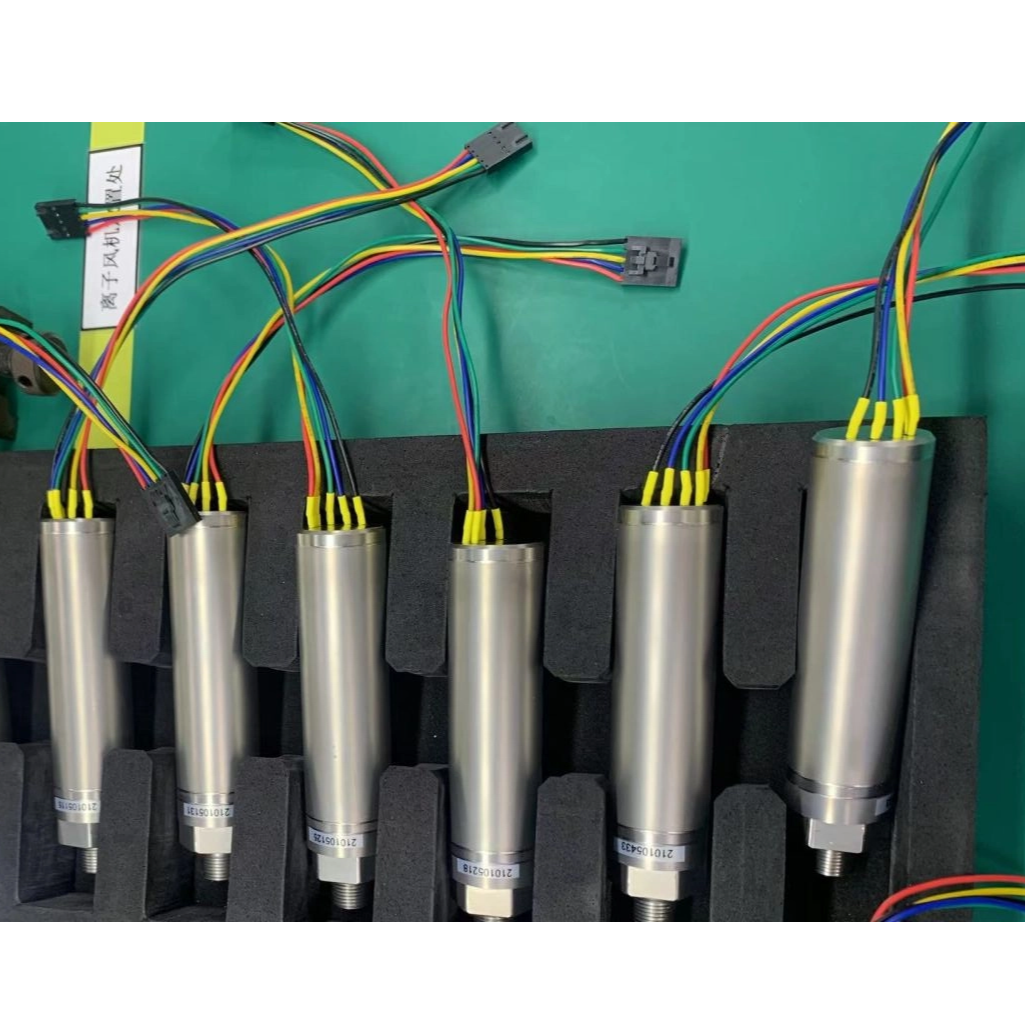Views: 0 Author: Site Editor Publish Time: 2024-10-15 Origin: Site












There are differences between different types of silicon resonant pressure sensors in many aspects, as follows:
1.Different excitation methods:
Electrostatic excitation: The silicon resonator is excited to vibrate by applying an electrostatic field between electrodes. The advantage of this method is that the excitation energy is stability and can be precisely controlled, enabling high measurement accuracy.
Electromagnetic excitation: The resonator is excited by using the magnetic field generated by the principle of electromagnetic induction.
Piezoelectric excitation: The silicon resonator is excited by taking advantage of the characteristics of piezoelectric materials such as piezoelectric films, ferroelectric films or piezoelectric ceramic sheets.
2. Different structural types:
Planar type : The resonant diaphragm is processed on a silicon wafer by using anisotropic etching technology, and then an exciter (such as a diffusion resistor) is fabricated on the diaphragm. When an alternating current passes through the exciter, thermal strain is generated, exciting the resonant diaphragm to vibrate.
Three-dimensional type : A fixed electrode is set on a single-crystal silicon film, and a movable electrode and a resonator are processed above. The silicon film and the resonator are fabricated by anisotropic etching technology and epitaxy technology respectively. When pressure is applied to the diaphragm, the diaphragm bends and deforms, and applies an axial force to the resonator through a pillar to change its resonant frequency.
3. Different measurement ranges:
Low-range sensor: Generally, it has a small measurement range and is suitable for scenarios with small pressure changes, such as human blood pressure monitoring in the biomedical field and pressure measurement in microfluidic systems.
High-range sensor: It can measure a large pressure range and is often used for pressure monitoring of high-pressure pipelines in industrial production and pressure detection of large mechanical equipment.
4. Different output signal types:
Analog signal output: such as output voltage or current signal. Sensors with analog signal output are relatively simple, have relatively low cost, and have a faster signal response speed.
Digital signal output: Common digital interface forms such as RS232, RS485, and CAN bus. Sensors with digital signal output have higher anti-interference ability and data transmission accuracy, can realize networking of multiple sensors and remote data transmission, and are convenient for integration with digital control systems.
5.Different working temperature ranges:
Normal temperature sensor: The working temperature range is around -20°C to 80°C, which can meet the pressure measurement needs in most conventional environments.
High-temperature sensor: It can work normally in a higher temperature environment. The working temperature range is usually above 120°C and can even reach several hundred degrees Celsius.
Low-temperature sensor: It can maintain good performance in a low-temperature environment and is suitable for low-temperature application scenarios such as low-temperature storage equipment and polar scientific expeditions.